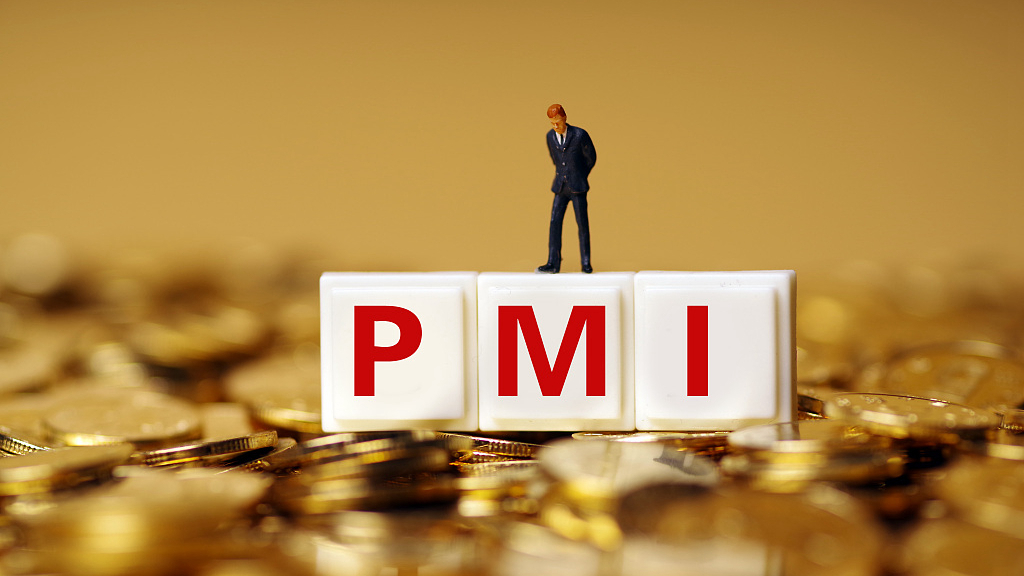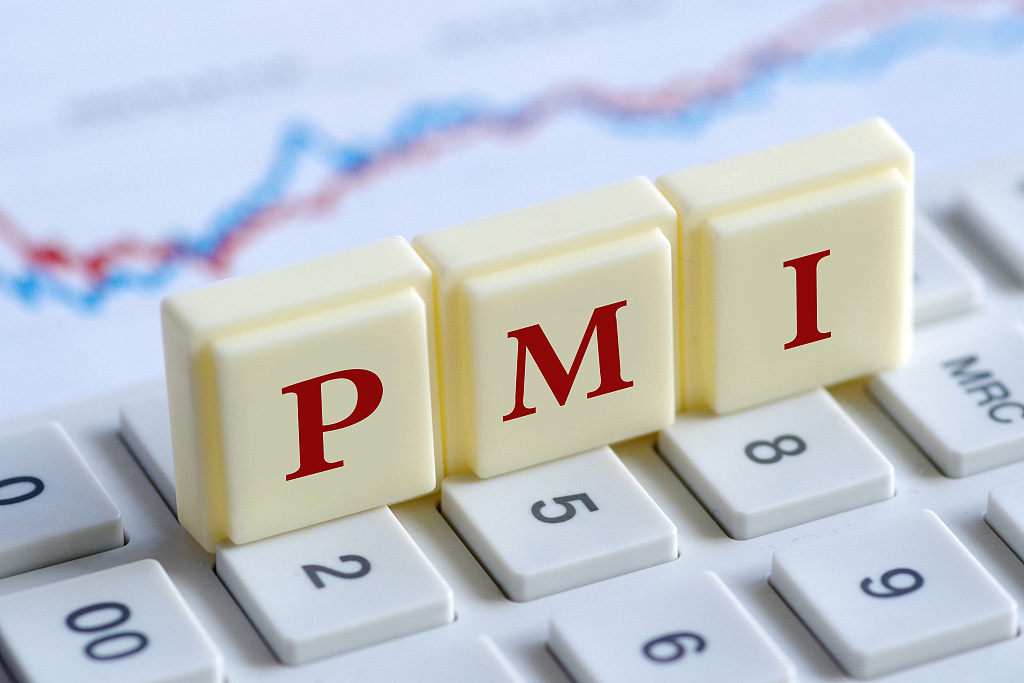

Editor's note: Wang Jianhui is the deputy general manager of the Research and Development Department at Capital Securities. The article reflects the author's opinions, and not necessarily the views of CGTN.
Purchasing manager index, abbreviated as PMI, has become quite popular in the last 10 years. If you typed in the keyword "PMI in July" in that month in 2010, you would only get about 50 results from Baidu, the Chinese search engine. Today your search would yield over 630 results.
More and more people have realized this leading indicator provides valuable clues for the timely understanding of economic trends. Observers not only interpret each month's reading in detail but can also take a closer look at the historical time series to reach meaningful contexts.
This August reading for manufacturing sector was 49.5 percent, continuing the weak performance since last December.
Companies were not seeing decent demand in the domestic and international markets. While the global economy is slowing down, Sino-U.S. trade tensions are leading to more uncertainties. Therefore, they became increasingly cautious about their future business and reluctant to make new investments in inventories or human resources.
The sub-index for expectation of production and operation was 53.3 percent, still in the positive territory. The reading, however, declined by 3.7 percentage points compared to last August, and the median for the first eight months this year dropped by 6.9 percent on a year-on-year basis.
Overall earning pressure is weighing on business confidence. Based on the official data released several days ago, the industrial profit margin has dropped from 6.26 percent a year ago to 5.87 percent in July.
New order sub-index, an indicator of demand forecast, slid under 50 percent mark for the fifth time since January, while the new export order has remained contracted for 15 straight months, reflecting the tough external challenges.
The average of the procurement sub-index, barely over 50 percent, decreased by 5.0 percent so far this year; and the sub-index for the inventory of raw materials lowered by 2.7 percent. It is more alarming that the employment sub-index decreased by 5.1 percent and the eight-month median by 3.9 percent.

PMI. /VCG Photo
In comparison, the surveyed urban unemployment rate was 5.3 percent in July, 0.5 percentage point higher than that in the last June, when the trade tensions started to escalate. Based on the most recent official data released by China's Ministry of Human Resources and Social Security (about 206 million workers on the job), minus 0.5 percentage point could mean over one million lost jobs.
Digging a little more in the historical data since 2005, we can find the overall volatility of PMI, both domestically and abroad, tends to decrease, meaning the business expectation becomes more stable and the managers may not easily panic when facing problems.
This favorable trend coincides with China's integrating with the globalization and may be threatened by the deteriorating trade environment.
Between January 2005 and June 2012, the monthly standard deviation (the measurement of volatility) of PMI for the manufacturing sector in China is 6.1 percent. The corresponding statistics of the U.S., EU, and Japan are 10.7, 11.4 and 16.0 percent respectively in the same period.
Since July 2012, Chinese PMI becomes less volatile with standard deviation declined to 1.5 percent, and those of the major trading partners also dropped to 6.3, 6.9 and 4.2 percent respectively.
We could give at least some of the credit to the accelerating world trade, which has grown by 84 percent between 2005 and 2018. The huge market and comprehensive participation of China may partially explain the positive change in business expectations as well.
The Chinese share in global trade has increased from 6.7 percent in 2005 to 10.4 percent in 2012 and 11.8 percent in 2018. The share of China trade among the U.S., EU, and Japan foreign trade has also risen from 11.1, 9.5 and 17 percent in 2005 to 15.7, 15.4 and 21.7 percent last year.
In the last two years, the volatility of the index in some economies seems to be picking up. The standard deviation of Chinese PMI has edged up to 1.9 percent, and that in EU has risen to 8.1 percent.
The trade relations between the two economies remain healthy with the Chinese share among the EU total at 15.4 percent unchanged for the first seven months this year. The U.S. and Japan statistics are rather confusing.
The volatility has continued to narrow to 5.2 and 3.3 percent, and share of Chinese trade has decreased to 13.2 percent and 20.8 percent, respectively. How this complicated situation could evolve in the coming quarters remains to be seen.
(If you want to contribute and have specific expertise, please contact us at opinions@cgtn.com)

Copyright © 2018 CGTN. Beijing ICP prepared NO.16065310-3
Copyright © 2018 CGTN. Beijing ICP prepared NO.16065310-3